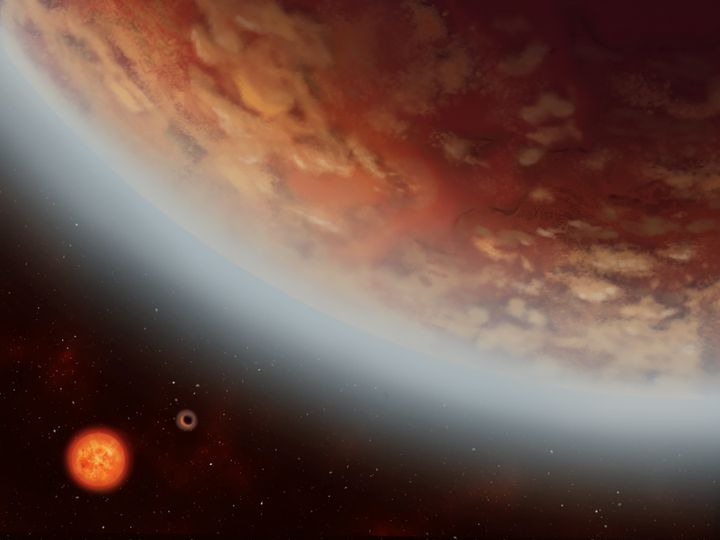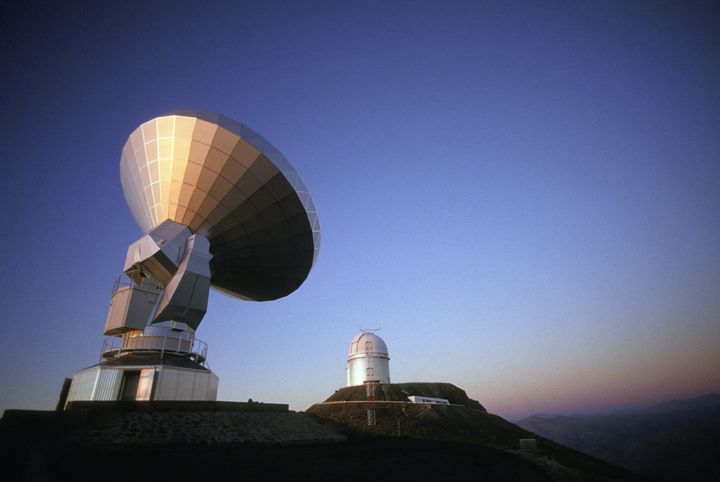Researchers have discovered that a little-known exoplanet called K2-18b, could in fact be a “scaled up” version of Earth.
This is particularly exciting because it sits right within the ‘habitable zone’ which is the orbital corridor within which scientists believe alien life could exist.
If that weren’t exciting enough the team then realised that their newly discovered super-Earth wasn’t alone and in fact had a neighbour.

“Being able to measure the mass and density of K2-18b was tremendous, but to discover a new exoplanet was lucky and equally exciting,” explains lead author Ryan Cloutier, a PhD student in U of T Scarborough’s Centre for Planet Science.
Both planets are around 111 light years from Earth so while they’re not exactly within a vacationing distance they are still extremely close when thinking about the size of our galaxy.
Although K2-18b was actually discovered back in 2015, it is only now that researchers have been able to identify whether it was in fact a larger version or Earth or an inhabitable gassy planet like Neptune.
To help determine which one it was the team tried to work out the planet’s mass and radius using the ESO’s 3.6m telescope at La Silla Observatory, in Chile.

“If you can get the mass and radius, you can measure the bulk density of the planet and that can tell you what the bulk of the planet is made of,” says Cloutier.
What they found was really exciting. It turns out that K2-18b is either a rocky planet with a gaseous atmosphere (just like Earth’s) or a vast ocean planet with a thick layer of ice on top of it.
Current technology prevents us from being able to definitively say which one it is but the fact that it could be either is a huge leap forward in our understanding of this distant solar system.
Thankfully, the research team won’t have to wait long before they get their answer as NASA’s replacement for Hubble the James Webb Telescope, will be able to tell them one way or the other.
Of course in addition to discovering K2-18b, the team also discovered that it has a sibling.
Similar in size, K2-18c is sadly too close to the star for it to be habitable but the researchers believe it could still be of a similar size and composition to its more distant relative.
Like the vast majority of scientific discoveries Cloutier points out that it wasn’t exactly the light-bulb moment you see in films.
“It wasn’t a eureka moment because we still had to go through a checklist of things to do in order to verify the data. Once all the boxes were checked it sunk in that, wow, this actually is a planet.”
